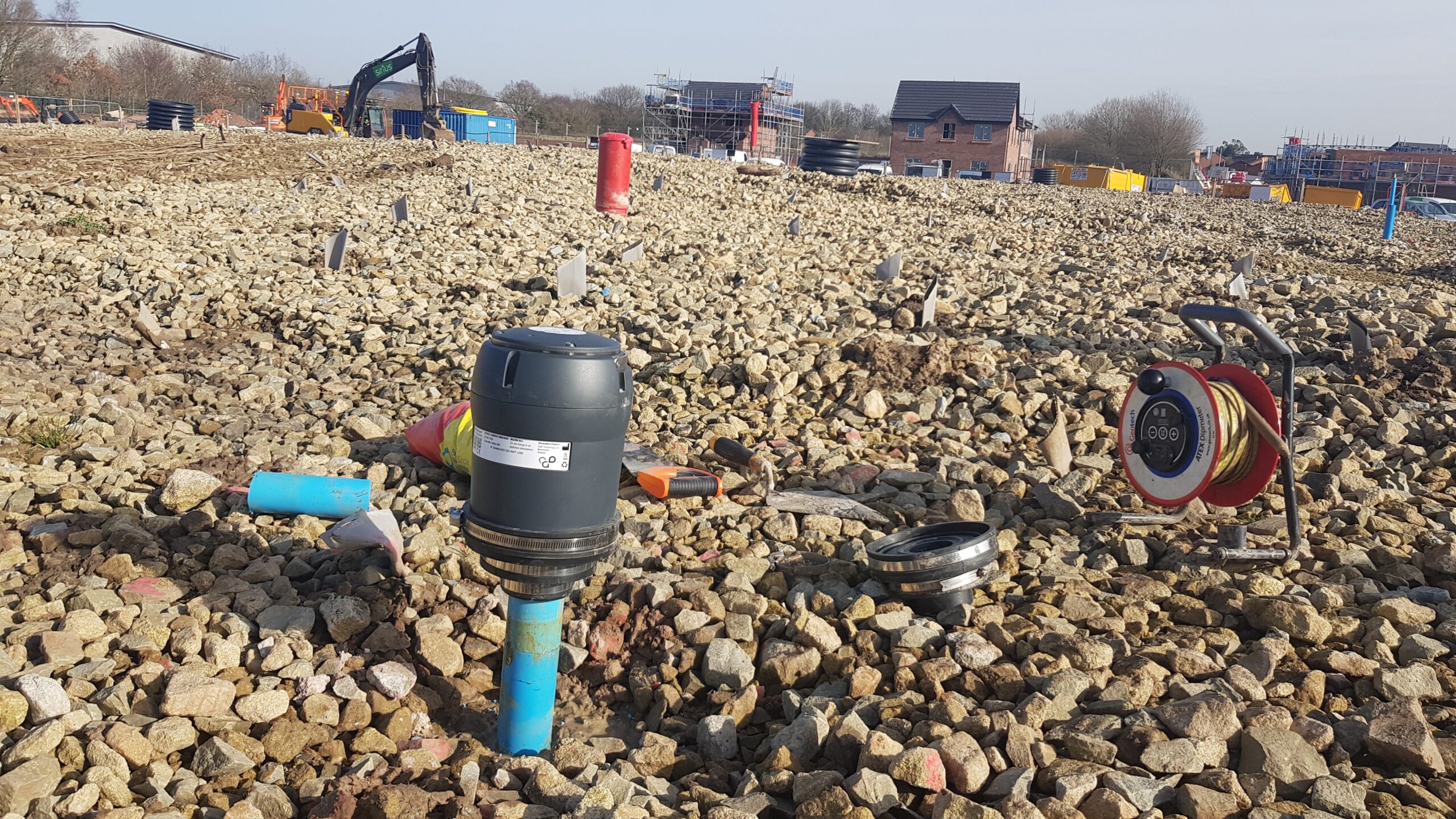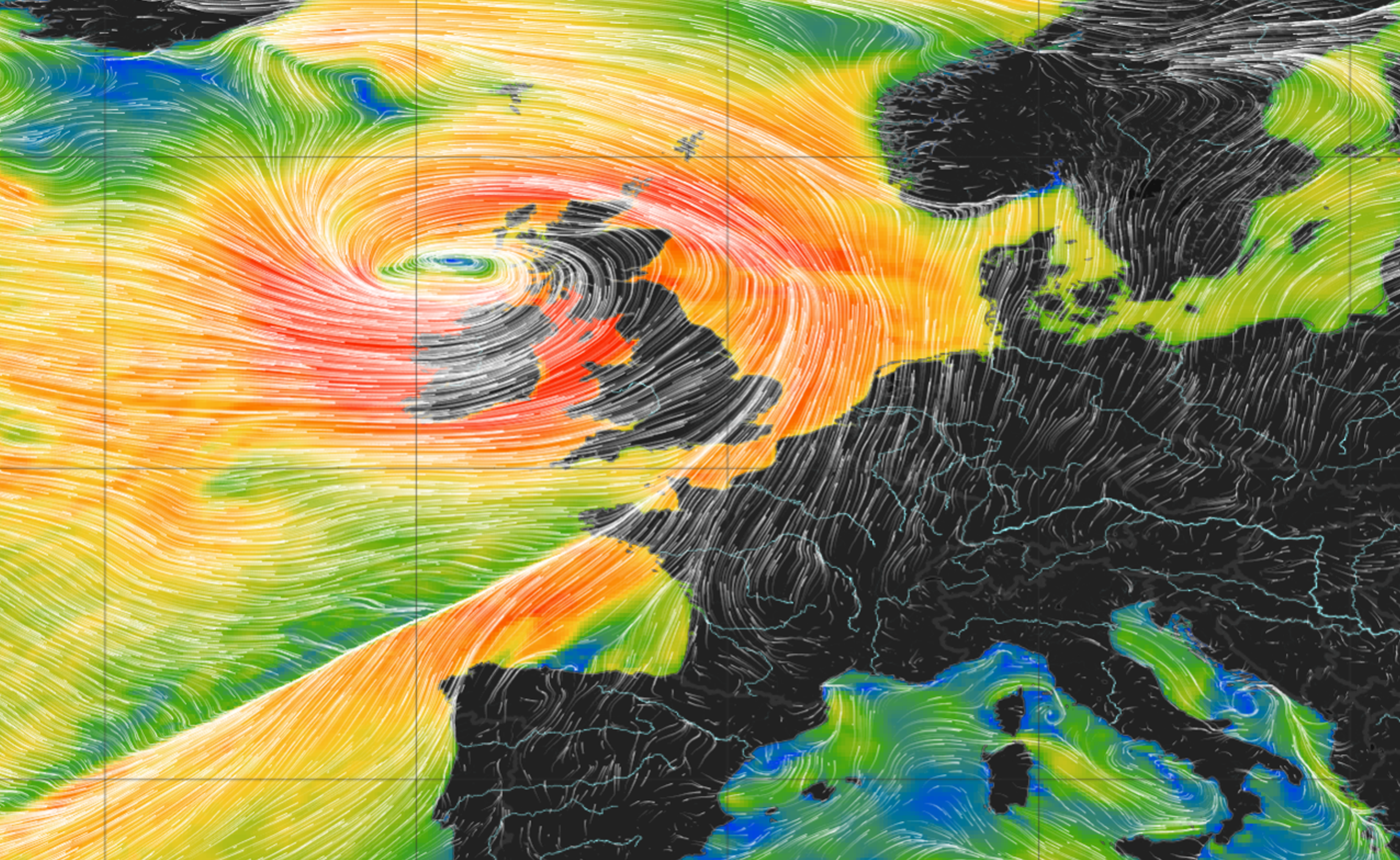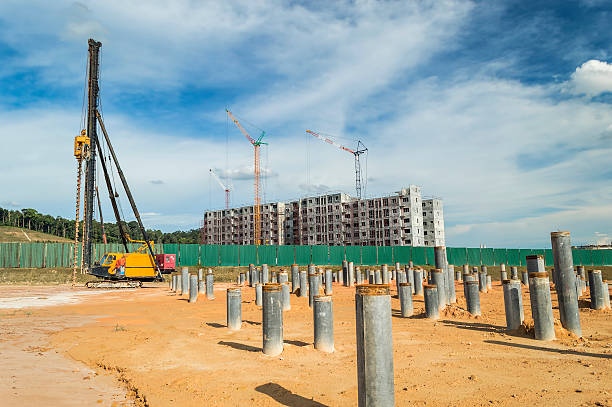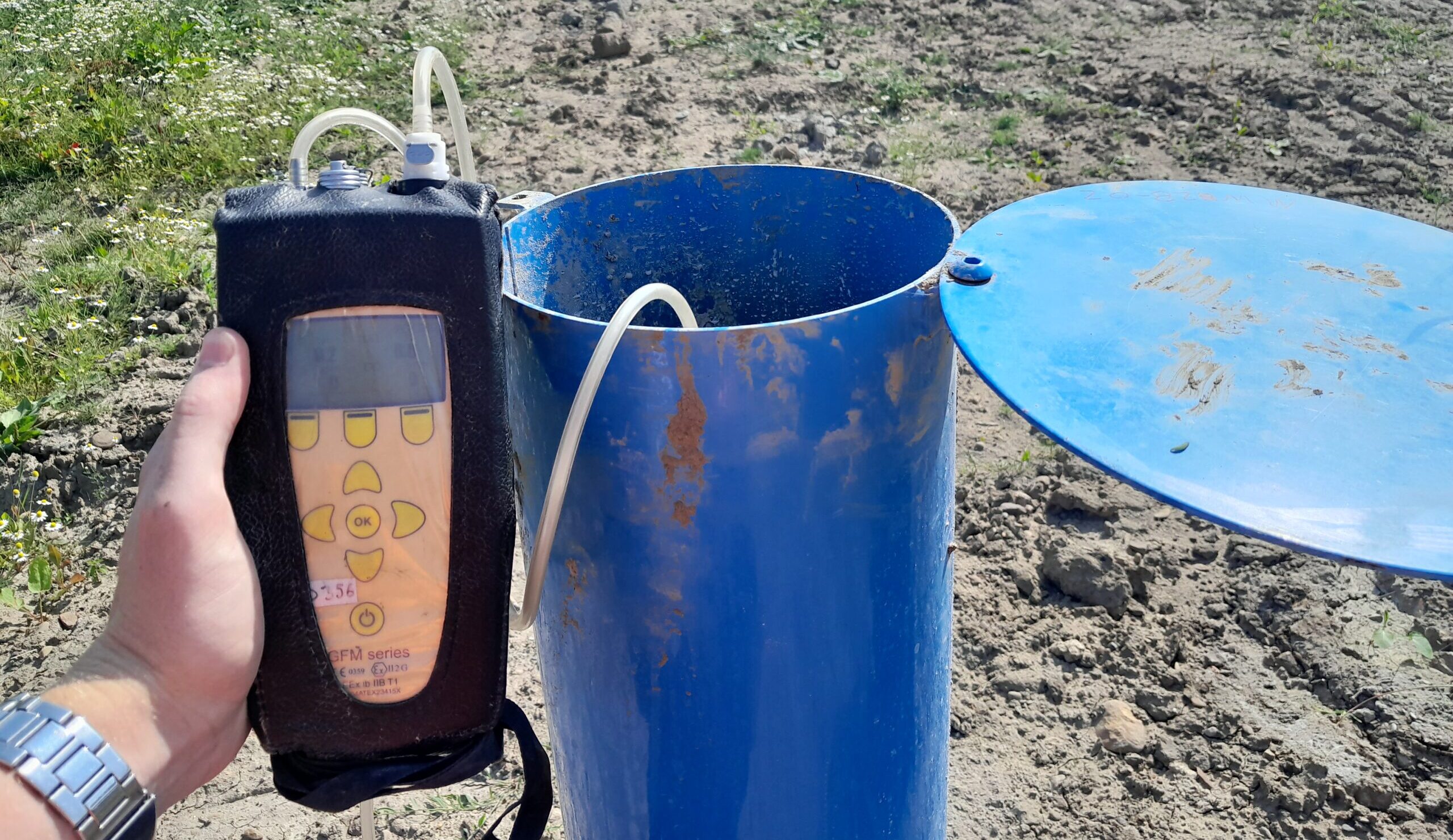Health and safety gas monitoring for onsite safety
When performing any class of environmental monitoring, the ultimate goal is to protect the end user. Developers, engineering firms, and local authorities carefully select specialist environmental experts, such as GGS, to plan and monitor intensive projects to ensure that works carried out don’t increase the risk of harm to local or future receptors. But what about those people carrying out the works? Large teams carry out digging, drilling, piling, and grouting to make new housing and infrastructure upgrades possible, so what keeps them safe on site?
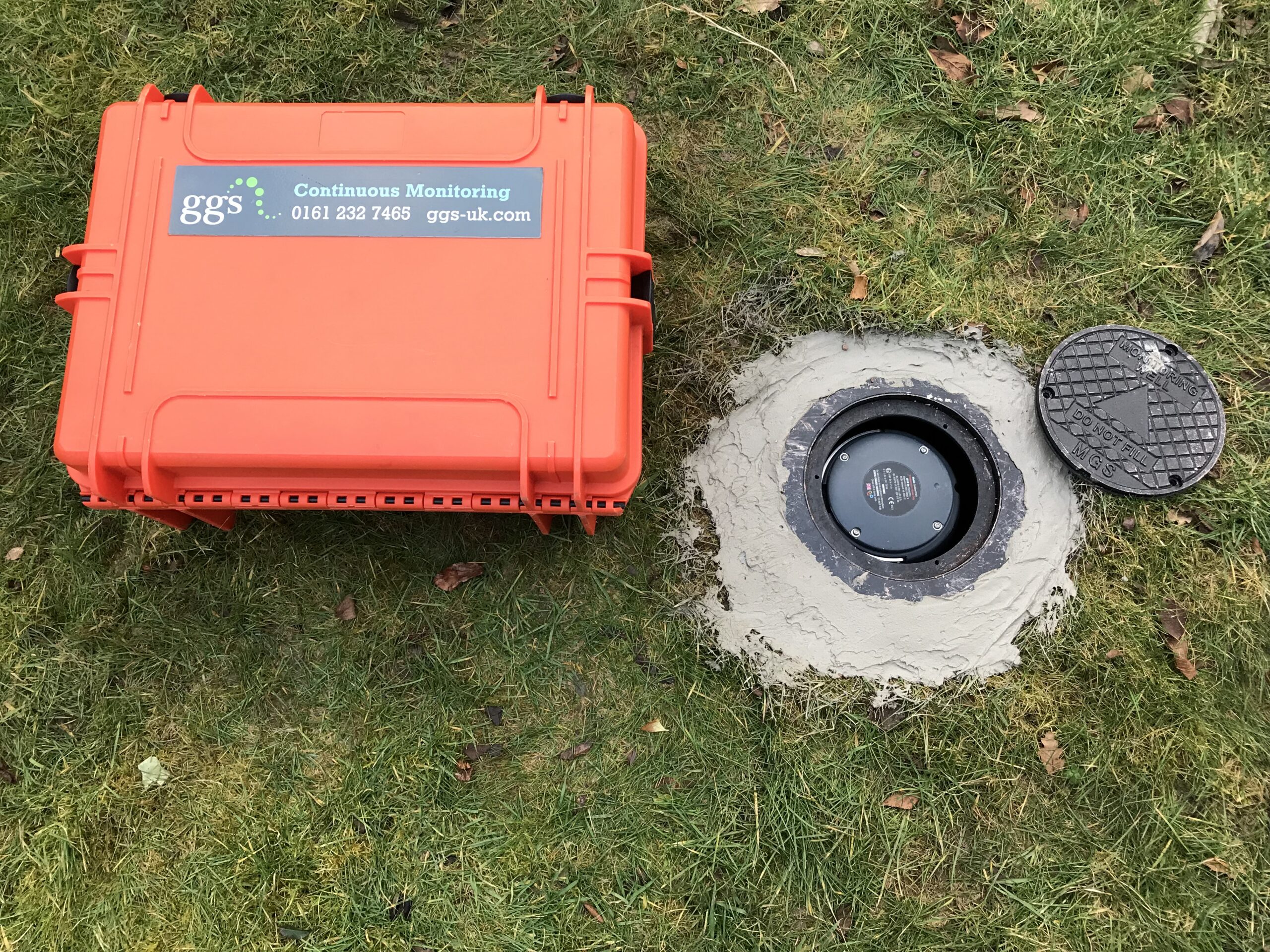

When dealing with potential disturbances to ground gases caused by major engineering, it is important to understand the ground gas regime at the outset. Practices such as establishing the baseline help characterise ground gas conditions before works take place, so that any changes or fluctuations caused by site activity can be identified. Continuous ground gas monitoring is the most effective way of understanding changes in ground gas activity during ground works and is recommended by regulatory authorities as best practice. These and other methods of monitoring and site management are what comprise our health and safety ground gas monitoring service.
What does our health and safety gas monitoring look like?
- Provision of a health and safety gas monitoring plan: This comprehensive document will detail the extent of, justification for, and scope of works, including an action plan, specific risks relating to ground gas, and planned safety gas monitoring techniques. It will also include the geology of the site and a conceptual site model for further clarity.
- Safety monitoring for hazardous ground gases: Baseline, operational, and post-operational monitoring will occur at specified locations at an agreed frequency. Specialist portable equipment with hyper-sensitive sensor resolution will monitor methane, carbon dioxide, carbon monoxide, hydrogen sulphide, oxygen, and water levels during grouting, drilling, and venting wells. Our team are confined space trained with access to a wide range of instrumentation designed for low levels of detection.
- On site communication: A ground gas briefing will be held on site each day at the start of works, including all site contractors, setting out what GGS are providing and actions required as a result of gas detection. This offers a daily forum for questions and concerns, and an opportunity to educate site staff so they are aware of the importance of health and safety gas monitoring.
- Provision of personal gas safety monitors: These portable monitors are provided for site personnel, to alert them to ground gas hazards. Basic operational training will be given including required actions following ground gas detection.
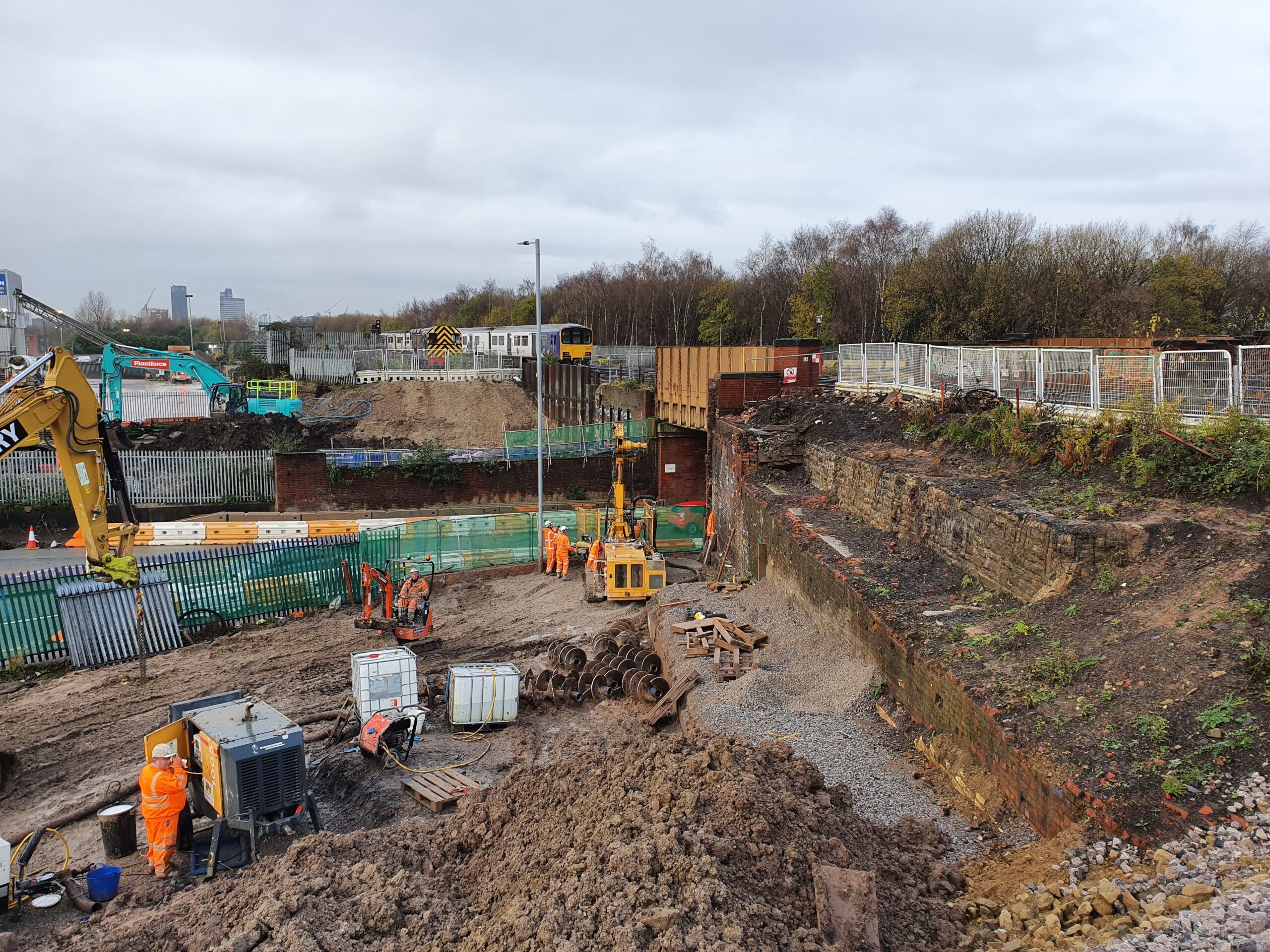

- Project team liaison: We will liaise with project leads, the appointed site safety manager and other key supervisors on any ground gas monitoring to ensure inclusion and understanding of planned works.
- Detailed and clear reporting: Our monitoring devices and techniques yield accurate and high quality data, which is translated through clear and comprehensive reports. They serve not only to provide a clear picture regarding ground gas activity on site, but also to provide evidence of best practice and due diligence for regulators.


Benefits of high quality health and safety gas monitoring:
- Accurate ground gas characterisation
- On site safety for staff and the minimisation of risk
- Staff are educated on what to do following ground gas detection
- Gain a clear understanding of the ground gas regime through accurate data and comprehensive reports
- Demonstrate due diligence and best practice
Want to discuss a project? Click here to get in touch.
The following pages include news articles, videos, guidance notes and white papers on a range of ground gas related topics which we hope you will find of interest. Please browse through but if you can’t find something on your particular issue of interest, we’d be very pleased to hear from you so we can put that right.


At GGS we aim to be at the forefront of conversations when it comes to all areas of ground gas science, including the indoor air quality environment.
Recognizing that soil gases can and do contribute to internal air quality, we are pleased to be involved in the GO AQS initiative.
What exactly is this initiative and why are we championing it here at GGS? Find out more here.

